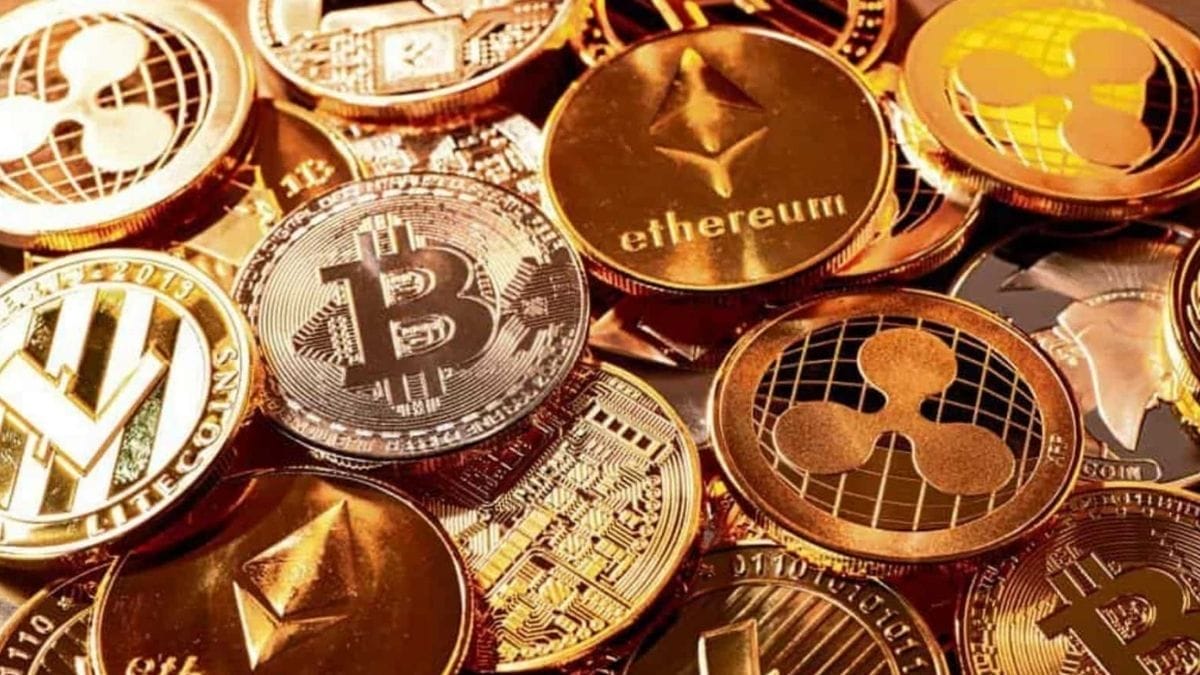In its Union budget proposed by the government on Tuesday, the government put forth the tax structure for virtual digital assets at a high rate of 30 per cent, with no reduction and no provision to set off in comparison to any other income. The gift of virtual digital assets is also approved to be taxed in the hands of the recipient.
The government has also put forward a 1 per cent tax deducted at source (TDS) to trail the transactions. Many see this as a big step that will enable the government to track every transaction as market players will be responsible to reduce taxes and record the transaction to the government.
But, before understanding the tax on Digital assets, it is important to understand what is a digital asset.
Digital Assets are cryptocurrencies, DeFi (decentralised finance) and non-fungible tokens (NFTs). Prima facie, eliminates digital gold, central bank digital currency (CBDC) or any other conventional digital assets, and however intended for specifically taxing cryptocurrencies.
However, the Finance Bill presented in the Parliament, the government interprets virtual digital assets as “Any information or code or number or token (not being Indian currency or foreign currency), developed through cryptographic means or otherwise, by whatever name named, giving a digital representation of value exchanged with or without consideration, with the promise or representation of having inherent value, or purposes as a store of value or a unit of account including its use in any financial transaction or investment, but not restricted to investment scheme; and can be transferred, stored or exchanged electronically; A non-fungible token or any other token of similar nature, by whatever word called; Any other digital asset.”
However, The government also proposed to introduce Digital Rupee, using blockchain and other technologies, to be issued by the Reserve Bank of India starting 2022-23. “Digital currency will also lead to a more efficient and cheaper currency management system,” Finance Minister Nirmala Sitharaman said. Blockchain technology also powers cryptocurrency, non-fungible tokens (NFTs) and it is an allocated ledger, revised in real-time. In a blockchain, the transaction records cannot be altered at all and the ledger is transparent and valid, which is why it is utilized in cryptocurrency as well.
The central bank digital currency (CBDC) is a digital form of mandate currency that can be transacted utilizing wallets financed by blockchain and is governed by the central bank. CBDC is distinct from decentralized virtual currencies and crypto assets, which are not handled by the state and require the ‘legal tender status. It allows the user to perform both domestic and cross border trades that do not need a third party or a bank.
The move by the government comes amid its plans to present a Bill on cryptocurrencies that strive to prohibit “all private cryptocurrencies in India” with “certain exceptions”. India will not be the only country to inaugurate a digital currency. In October 2021, Nigeria initiated eNaira, which is a non-interest-yielding CBDC. The Bahamas and five other islands in the East Caribbean have also been introduced by CBDCs.


